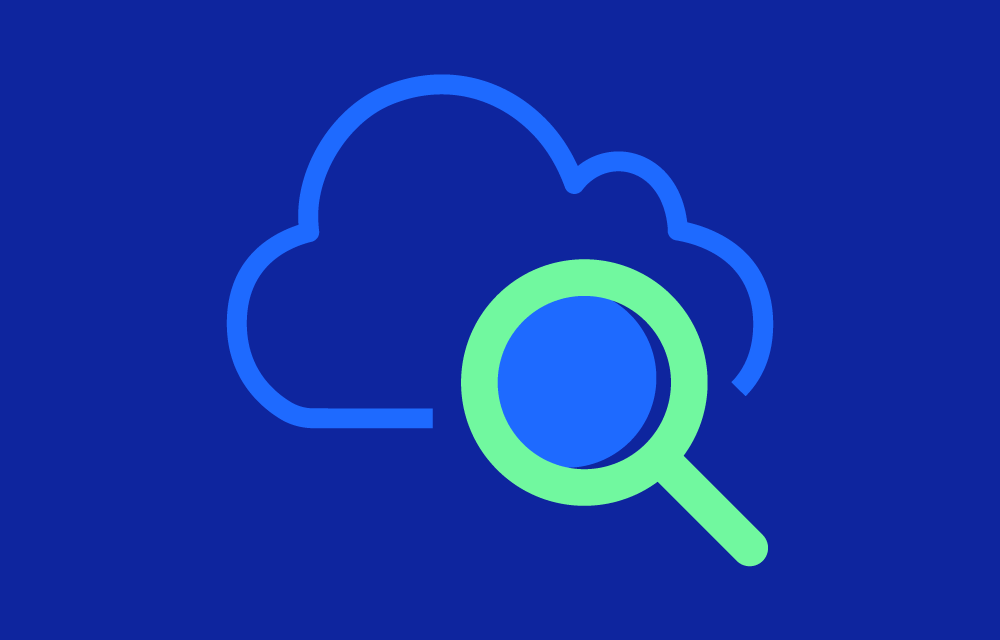Launch Year:
AWS CloudWatch was launched in 2009 as part of Amazon Web Services’ growing suite of cloud management tools. Over the years, CloudWatch has evolved significantly, adding features such as custom metrics, logs, dashboards, and integration with services like AWS Lambda, EventBridge, and more, making it one of the most versatile monitoring tools available for cloud infrastructure.
Overview
AWS CloudWatch enables users to monitor resources like EC2 instances, Lambda functions, S3 buckets, and RDS databases, among others, by collecting metrics, logs, and events from AWS services and custom sources. With CloudWatch, users can set up alarms, visualize data in dashboards, and automate actions based on thresholds or system states, ensuring optimal performance and availability of their cloud infrastructure.
Key Features
- Metrics: CloudWatch gathers metrics from AWS services and user applications. Metrics are automatically generated for most AWS resources, and custom metrics can be defined for more specific use cases.
- Logs: AWS CloudWatch Logs allow users to aggregate, monitor, and analyze log data from AWS services and custom applications. Logs can be retained and queried for troubleshooting or performance monitoring.
- Alarms: CloudWatch Alarms enable users to define thresholds for metrics and trigger notifications or automated actions, such as scaling an instance or invoking a Lambda function, when those thresholds are crossed.
- Dashboards: CloudWatch Dashboards provide a customizable visual interface for users to display and monitor key metrics and logs in one place. Dashboards allow for real-time data visualization to help track performance and resource utilization.
- Events: CloudWatch Events (now part of Amazon EventBridge) allows users to create rules that detect changes in the environment and automatically respond to system events, providing a serverless way to automate infrastructure management.
- Synthetics: AWS CloudWatch Synthetics helps monitor applications by simulating user interactions with APIs or websites, allowing for proactive detection of issues before users are impacted.
- CloudWatch Insights: A tool for querying and analyzing log data across various AWS resources, helping users troubleshoot issues and optimize performance with minimal latency.
Challenges:
- Cost Management: While CloudWatch offers extensive capabilities, large-scale data collection can incur significant costs, especially when custom metrics and logs are heavily utilized.
- Data Overload: The vast amount of data CloudWatch collects can be overwhelming, and setting appropriate alarms and thresholds requires careful configuration to avoid alert fatigue.
Benefits
- Real-time monitoring for AWS resources and custom metrics.
- Automated responses to performance changes, improving system reliability.
- Integrated logging and tracing, allowing for faster troubleshooting and root cause analysis.
- Custom dashboards for personalized visualization of key metrics.
Value Proposition:
AWS CloudWatch helps organizations maintain operational excellence by providing a unified platform for monitoring, logging, and reacting to cloud infrastructure events. It enables proactive management, reduces downtime, improves performance, and automates responses to system changes.
Use Cases
Application Logging
CloudWatch Logs is used to collect and analyze logs from web applications, APIs, or microservices. It aids in quickly identifying and resolving issues by providing deep insights into application behavior.
EC2 Instance Monitoring:
CloudWatch is used to track key metrics such as CPU usage, disk I/O, and network traffic for EC2 instances. It enables automatic scaling of instances through CloudWatch Alarms when predefined thresholds are reached.
Lambda Function Performance
CloudWatch helps monitor critical performance metrics for Lambda functions, including execution time, error rates, and request counts. It is used to detect bottlenecks or performance issues and ensure smooth function execution.
Cost optimization
CloudWatch is used to analyze AWS resource usage patterns, allowing for cost optimization by addressing over-provisioning. It facilitates automatic scaling through real-time adjustments based on usage data.
Market
AWS CloudWatch is widely used by organizations across industries to monitor and manage AWS cloud infrastructure, ensuring high availability and performance. It integrates seamlessly with other AWS services, making it a go-to solution for users heavily invested in the AWS ecosystem.
Similar Concepts:
- Amazon EventBridge (formerly CloudWatch Events)
- AWS X-Ray for tracing
- AWS Trusted Advisor for cost and performance recommendations



